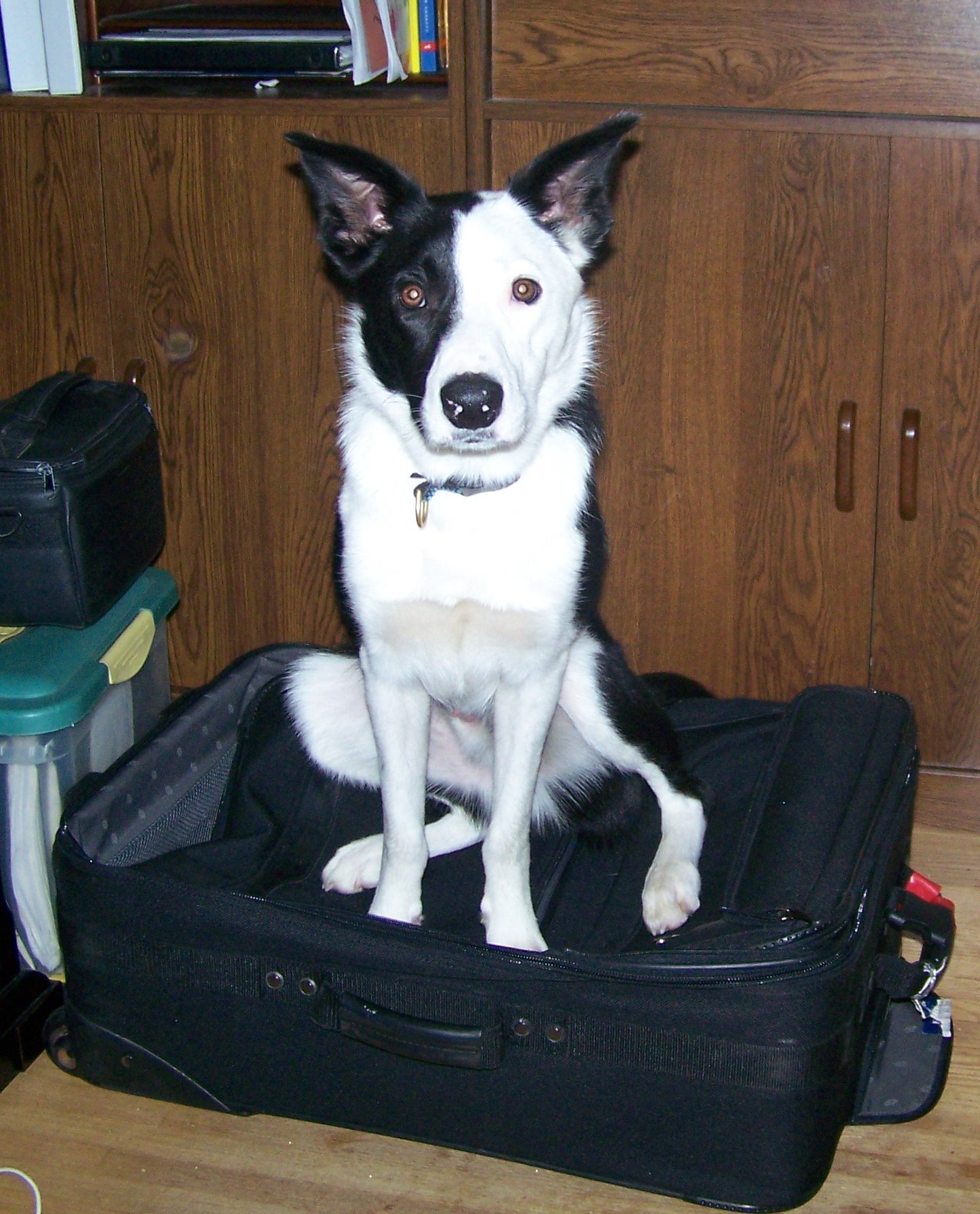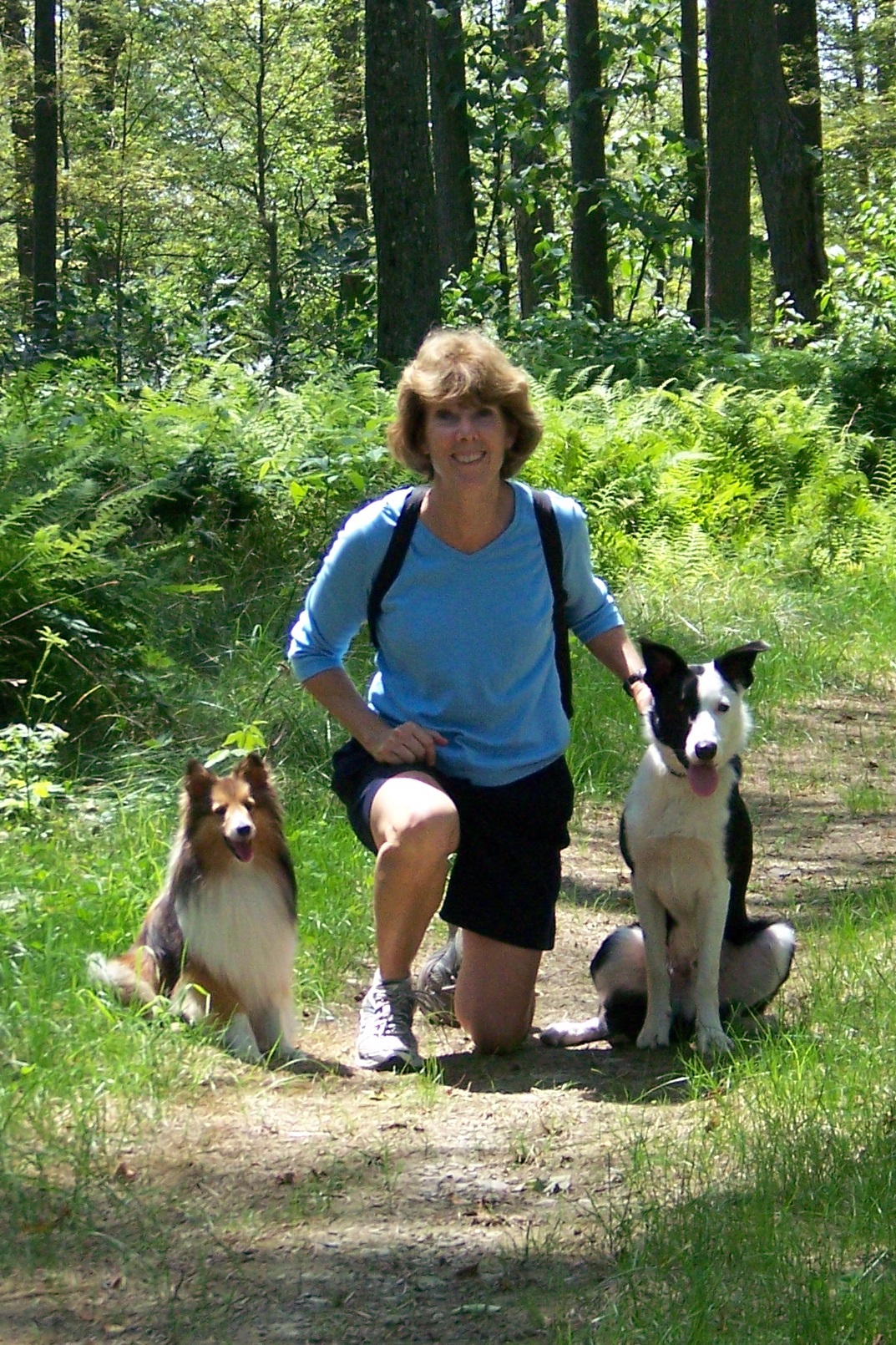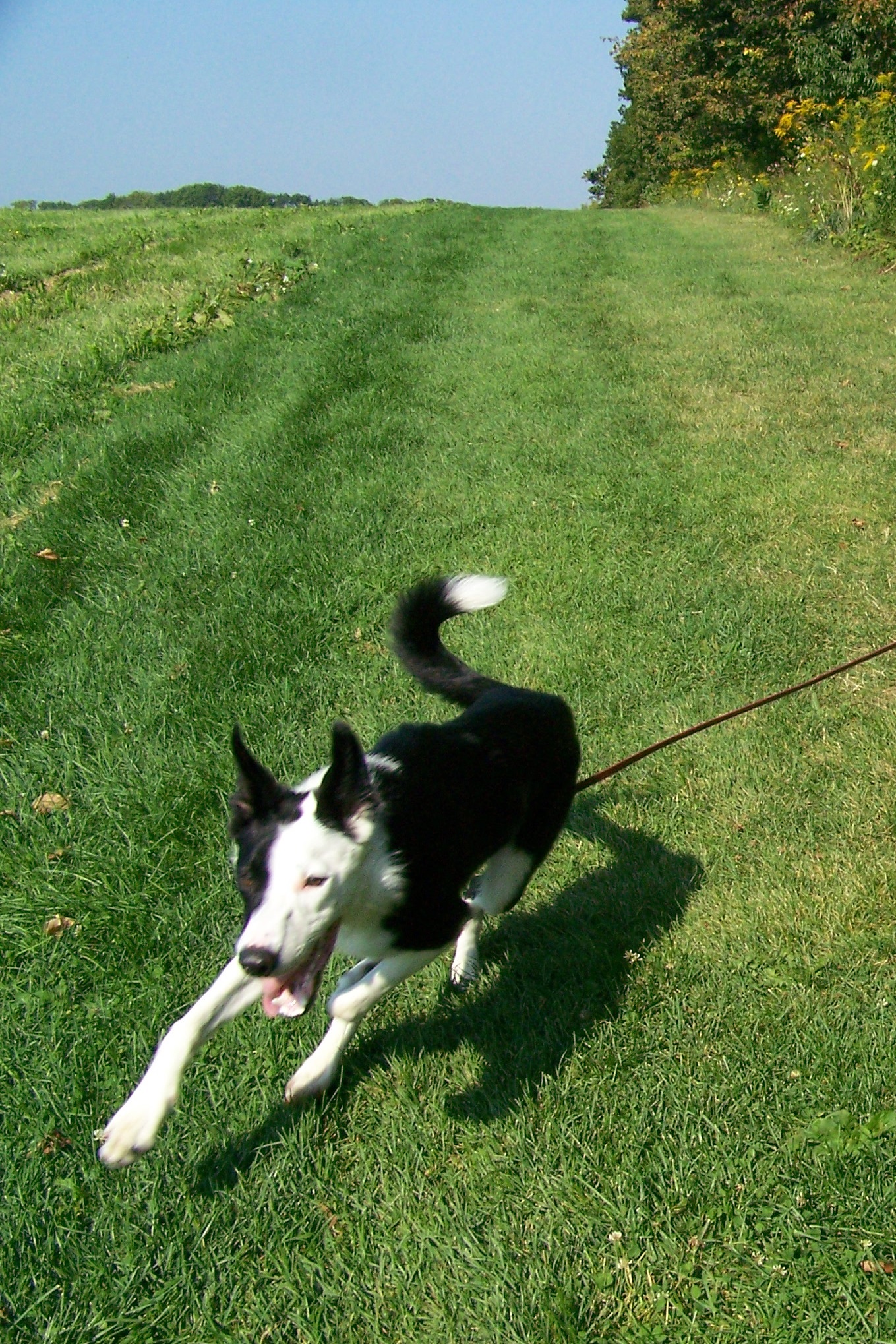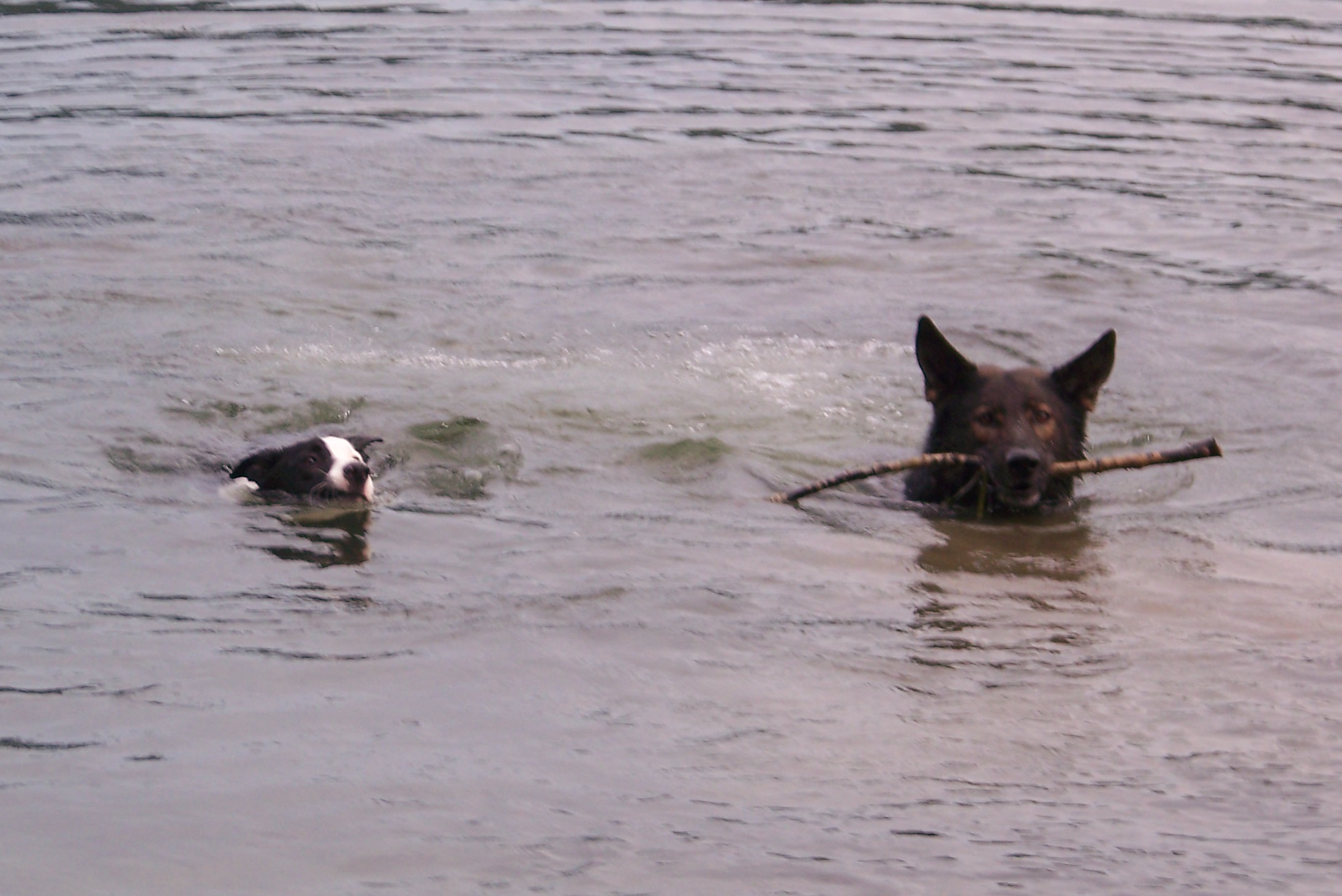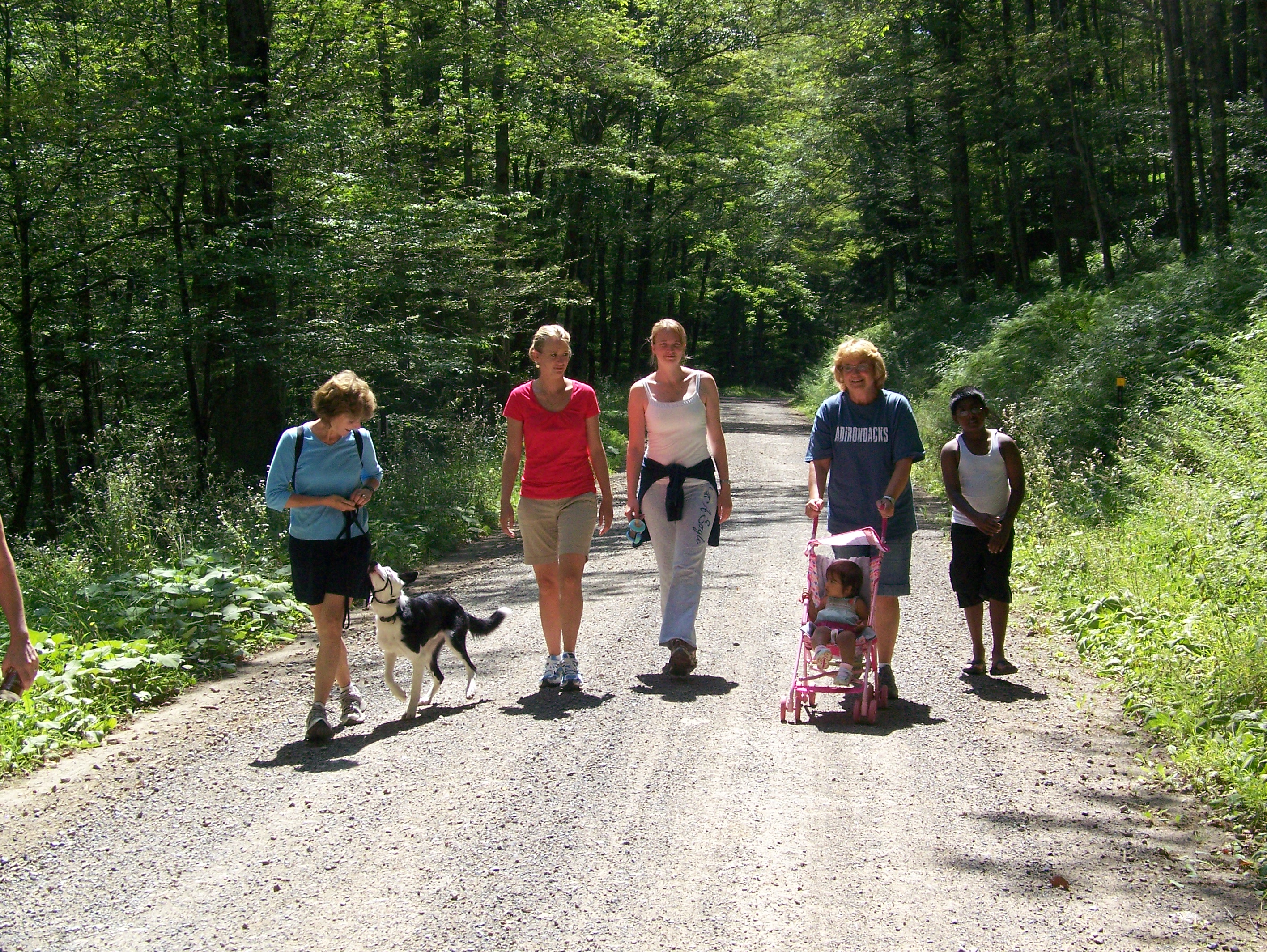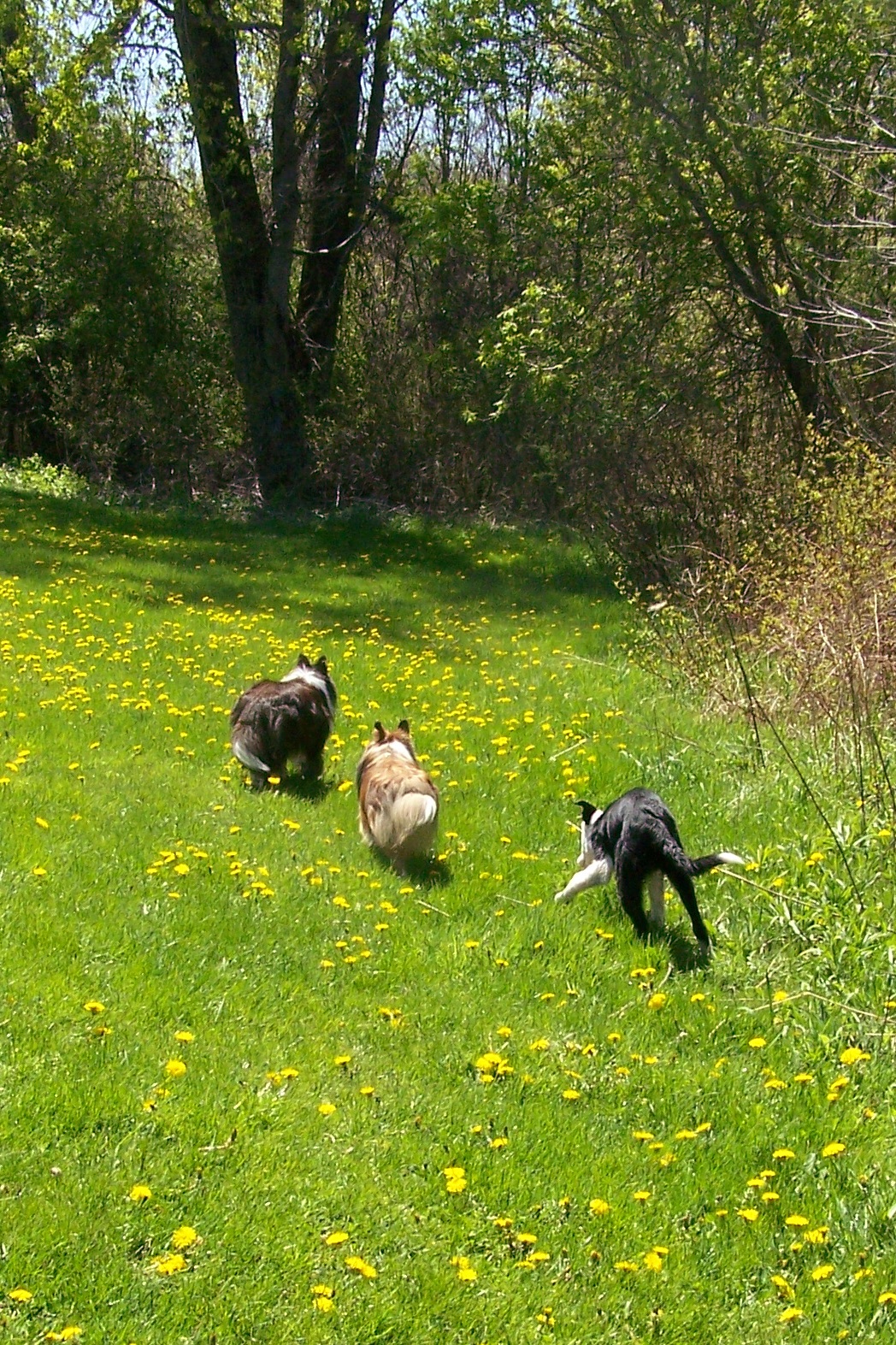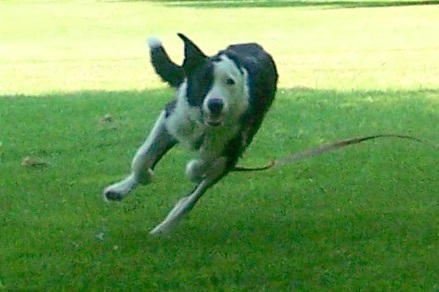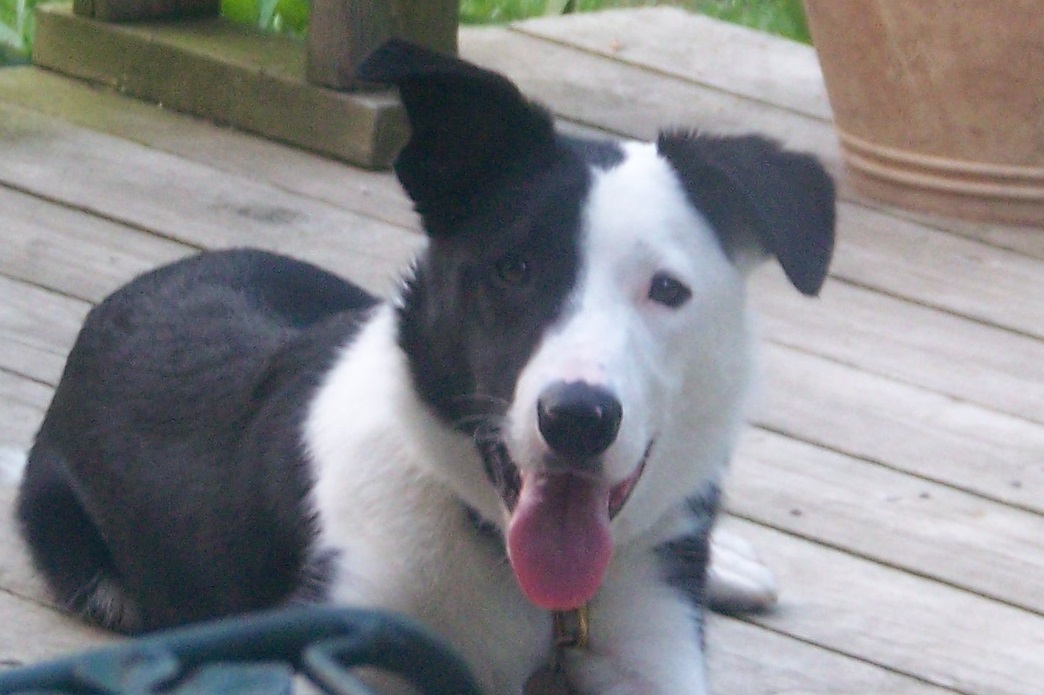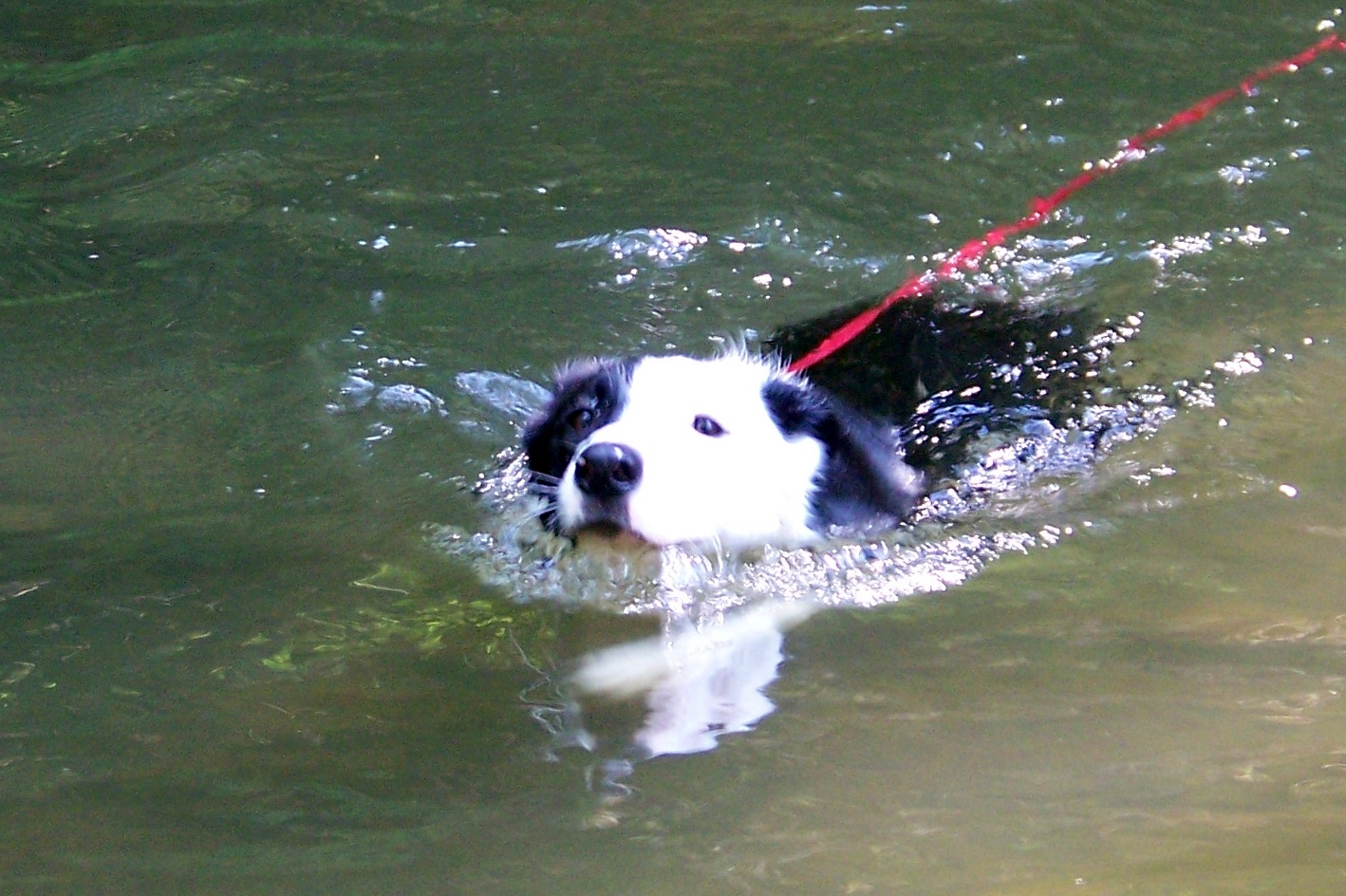Back Home and Back on Track
Breeze and I just returned from the World Agility Championship held in Reiden, Germany. What a fantastic experience…from cheering our teammates and friends to watching literally hundreds of amazing teams give it their best. But most of all…stepping to the line with my little buddy Breeze was the thrill of a lifetime. 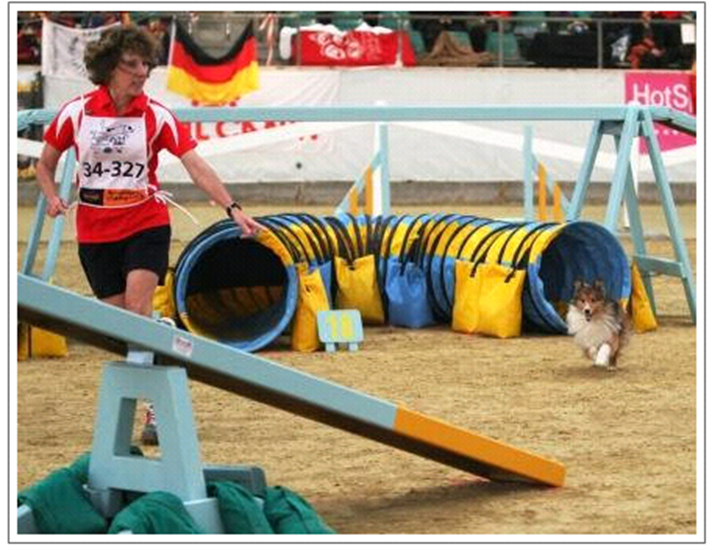 The judges tested our skills and our mettle — in the combined 2 round Small Dog Individual event, only 6 dogs were without faults. What is that saying…the thrill of victory and the agony of defeat? We were off course early in the first round with an otherwise lovely run. Agony. But our teammates did better with silver medal awarded to teammate John Nys and Rush in the Medium Dog Individual class. Pure joy in watching that team realize their dream.
The judges tested our skills and our mettle — in the combined 2 round Small Dog Individual event, only 6 dogs were without faults. What is that saying…the thrill of victory and the agony of defeat? We were off course early in the first round with an otherwise lovely run. Agony. But our teammates did better with silver medal awarded to teammate John Nys and Rush in the Medium Dog Individual class. Pure joy in watching that team realize their dream.
So…what about Tai? Now that I’m back home I can get back on track with his training. Or at least I will after getting through the jet lag and over the cold I picked up in Germany. I was trying to spend some quality time with Tai last night and sat down for a minute, literally falling asleep sitting up. I startled awake to find two intense border collie eyes staring at me. What’s next, Mom? He’s certainly ready to get back to it.
And boy…am I motivated. Watching the large dog teams at the Worlds, was jaw dropping. The courses required speed and tight turns and dog after dog proved their athleticism and skill. Not to mention the handlers who were putting it all out there. I was excited to think that Tai will run like that with me some day.
At just 9 months old, he’s an adolescent and still seems to be all legs , although I think that is an optical illusion because he is a smooth coat and his legs are white. He weighs about 35 lbs and is around 21″ at the withers. Their is a LOT to train and I don’t want to shortcut any of it. Fortunately, I’m not on a time schedule. It will happen as it happens and that is ok. A good attitude to have as winter looms around the corner.
, although I think that is an optical illusion because he is a smooth coat and his legs are white. He weighs about 35 lbs and is around 21″ at the withers. Their is a LOT to train and I don’t want to shortcut any of it. Fortunately, I’m not on a time schedule. It will happen as it happens and that is ok. A good attitude to have as winter looms around the corner.
It’s fun to start getting serious about obstacle training…we’re starting with the table and tunnel; shaping each with toy rewards to keep up his drive. His flatwork, jump grids and crate games are coming along nicely and we’re working through distractions more reliably.
Next week is USDAA Nationals in Louisville, KY and he’ll get lots of exposure to “life” around agility and then we’ll be back home for the foreseeable future. Based on this unposed shot, I don’t think he wants to get left behind again! 